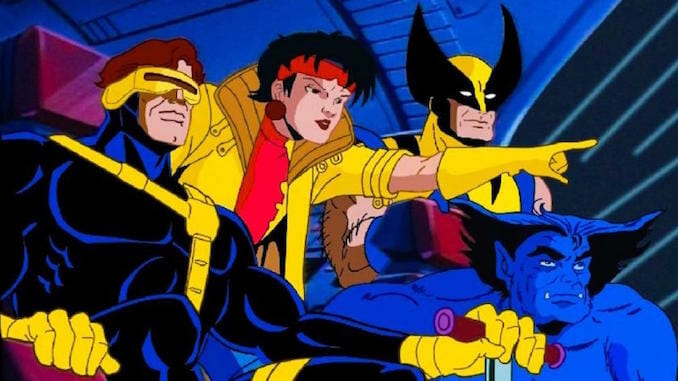TV Rewind: Why the Colorful, Campy X-Men Was a Revolutionary Superhero Cartoon

Editor’s Note: Welcome to our TV Rewind column! The Paste writers are diving into the streaming catalogue to discuss some of our favorite classic series as well as great shows we’re watching for the first time. Come relive your TV past with us, or discover what should be your next binge watch below:
![]()
The ’00s signaled the beginning of superhero movies’ conquest of the box office, but for television, the golden age of superhero stories was really the ’90s. For DC aficionados, it’s when Batman: The Animated Series and all its spin-offs and sequel shows first hit the airwaves. But as celebrated as those shows are, Marvel was also making big moves: Iron Man, Hulk, and Spider-Man all got their own series. One of the most popular and most fondly-remembered, though, was X-Men. As the show approaches its 30th anniversary, Marvel is plotting a true sequel series to the brash, colorful, gloriously campy show that introduced a new generation to these characters, and enthusiastically told interweaving, serialized narratives.
The show went with the Jim Lee-era X-Men look, meaning bright primary- and neon-colored costumes and big hair. Wolverine wears bright yellow spandex, and Jubilee goes to the mall to hang out in her wrap-around pink shades and banana-yellow coat (that is probably pleather) before she ever even joins the X-Men. Gambit wears the same face mask (the one that covers every part of his head except his face and hair) while he’s traveling incognito as he does when he’s assaulting a government facility or tangling with Magneto’s Brotherhood of Mutants.
It’s an aesthetic that was left behind immediately afterward with the Ultimate line of comics and the 2000 film that, along with Blade and the Sam Raimi-directed Spider-Man films, really defined the superhero style for the next decade. (James Marsden’s Cyclops in the 2000 film even hangs a big lampshade on this when, in response to Wolverine’s grousing about his costume, he makes a crack about “yellow spandex.”)
The show’s title sequence was designed to showcase all of these colorful designs at the same time its insanely memorable theme pumped you up:
One of the most important things the show did, though, was present kids with an engrossing, serialized narrative at a time when most shows (including Batman: The Animated Series) were just doing one-offs. And as campy as the show was, the narratives managed to be high-stakes. In just the first few episodes, the X-Men—having sheltered Jubilee (Alyson Court) after an attack by giant, genocidal robots called sentinels—realize they are being hunted by rogue elements of the government. They storm a facility to prevent, I say it again, the systematic genocide of people like them and in the process one of their teammates is actually killed. (He gets better, but much later in the show; for several seasons Morph is just gone.) It was shocking for a kid’s show at the time.
The series, which ran for five seasons, took a “greatest hits” sort of approach to X-Men history, adapting major storylines from the comics. With the freedom to stretch storylines to multi-part episodes, it was able to give these arcs the breathing room they deserved, like “Days of Future Past,” “The Phoenix Saga” series baddies (like the immortal mutant Apocalypse), and the absurdly complicated family tree of Cyclops. If you wanted to see the X-Men tangle with Mr. Sinister, witness Jean Grey’s rebirth in cosmic fire, and munch on popcorn as Cyclops and Wolverine butt heads, the show was all too ready to accommodate you.
-

-

-

-

-

-

-

-

-

-

-

-

-

-

-

-

-

-

-

-

-

-

-

-

-

-

-

-

-

-

-

-

-

-

-

-

-

-

-

-








































